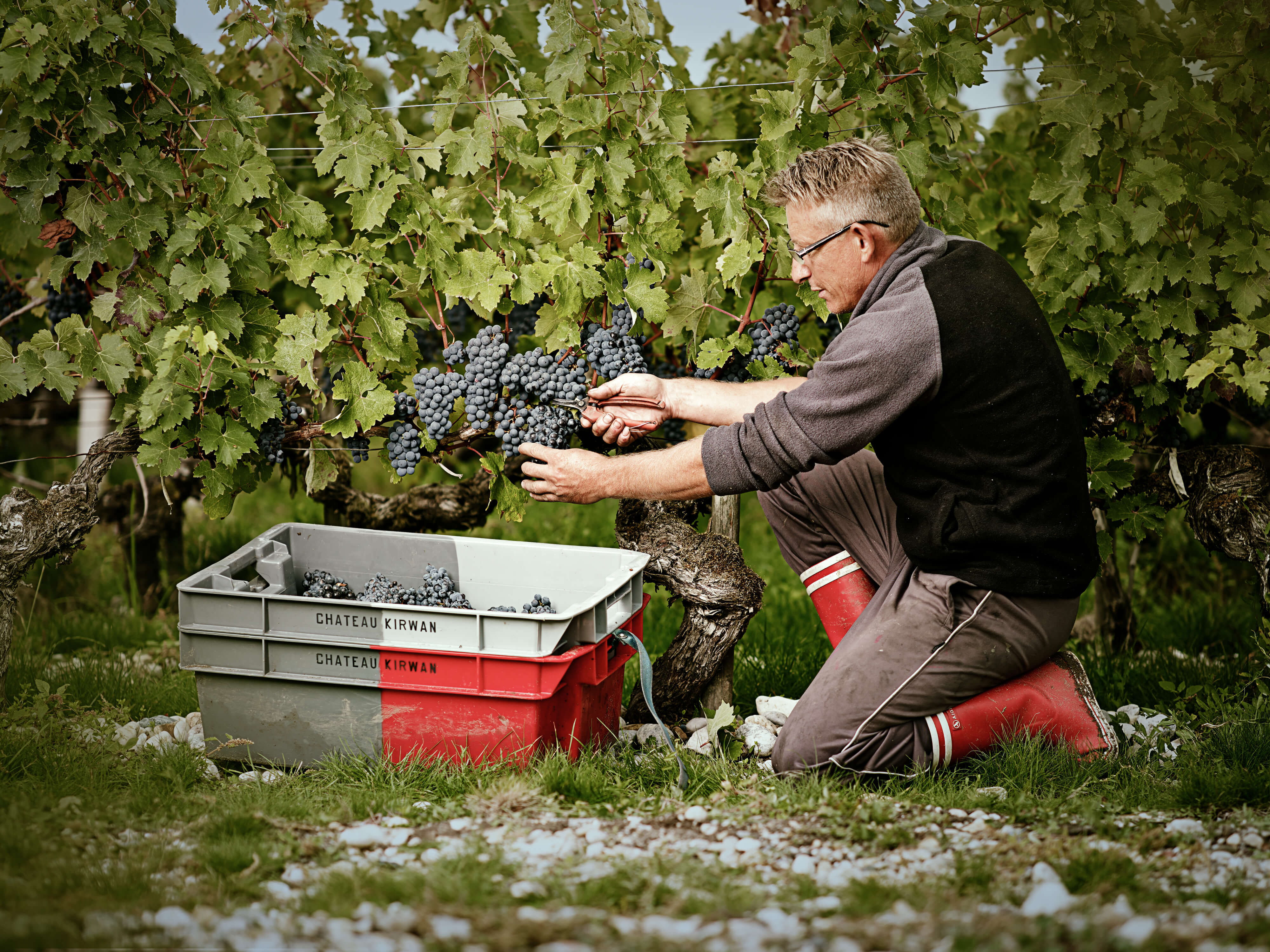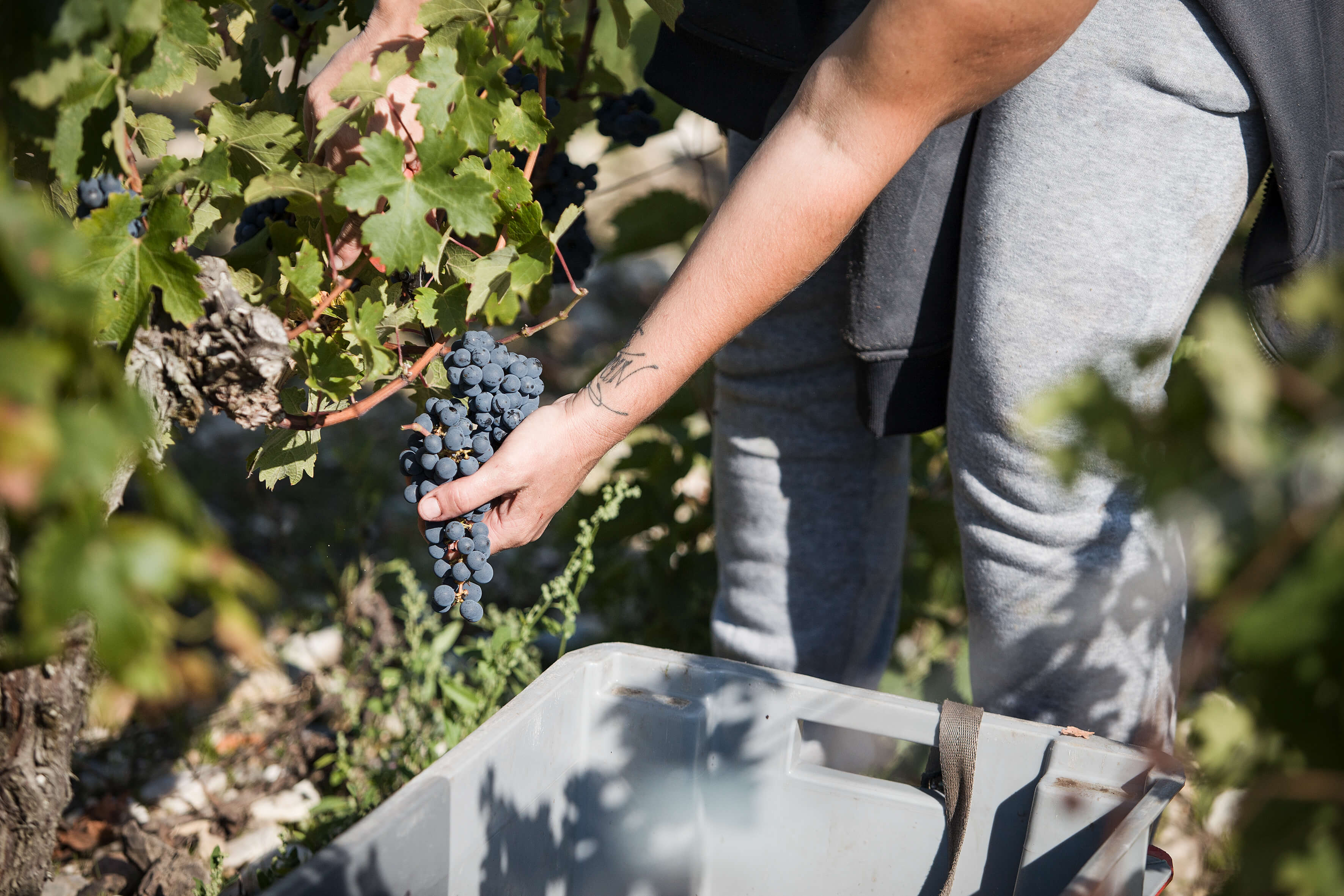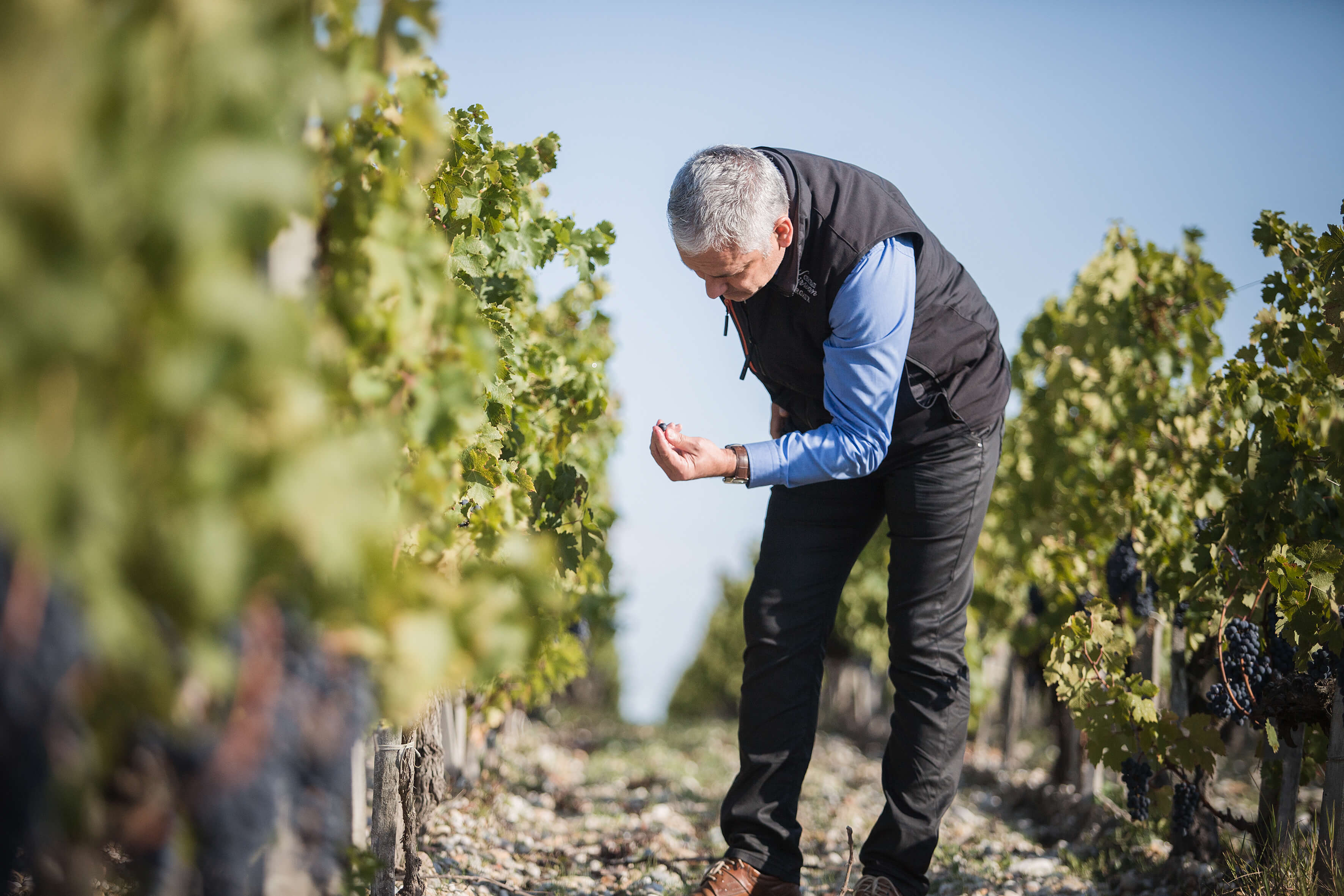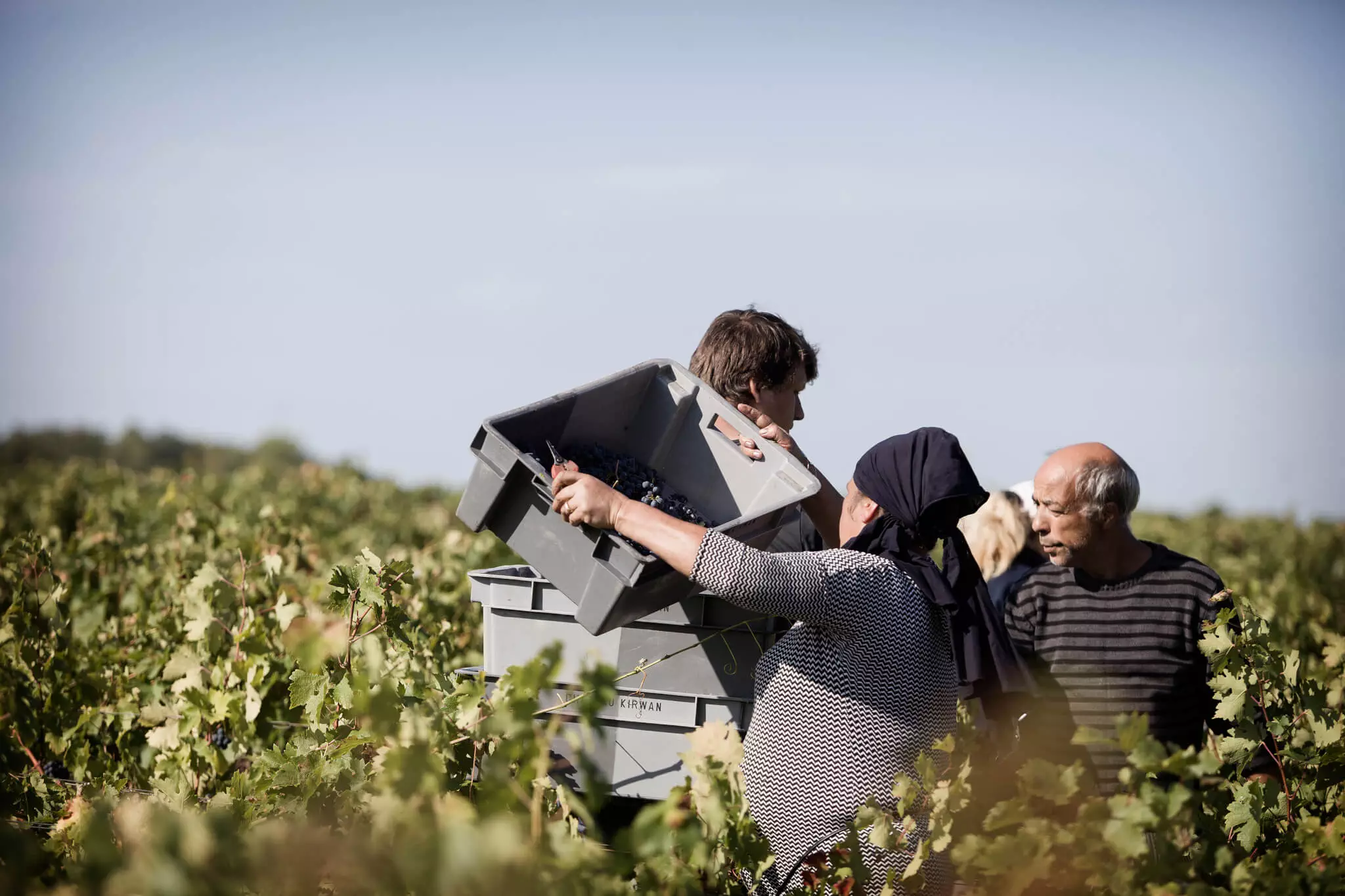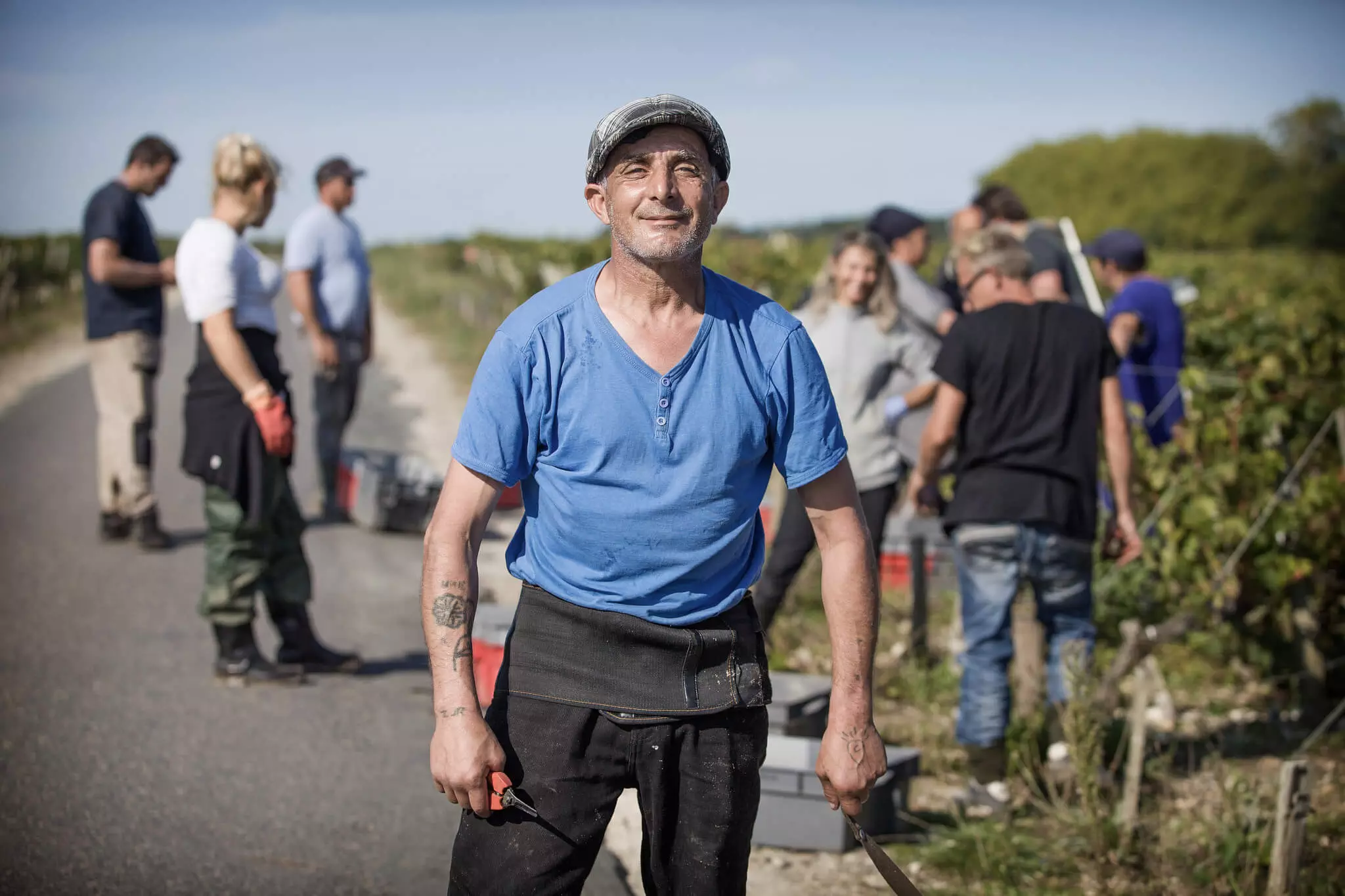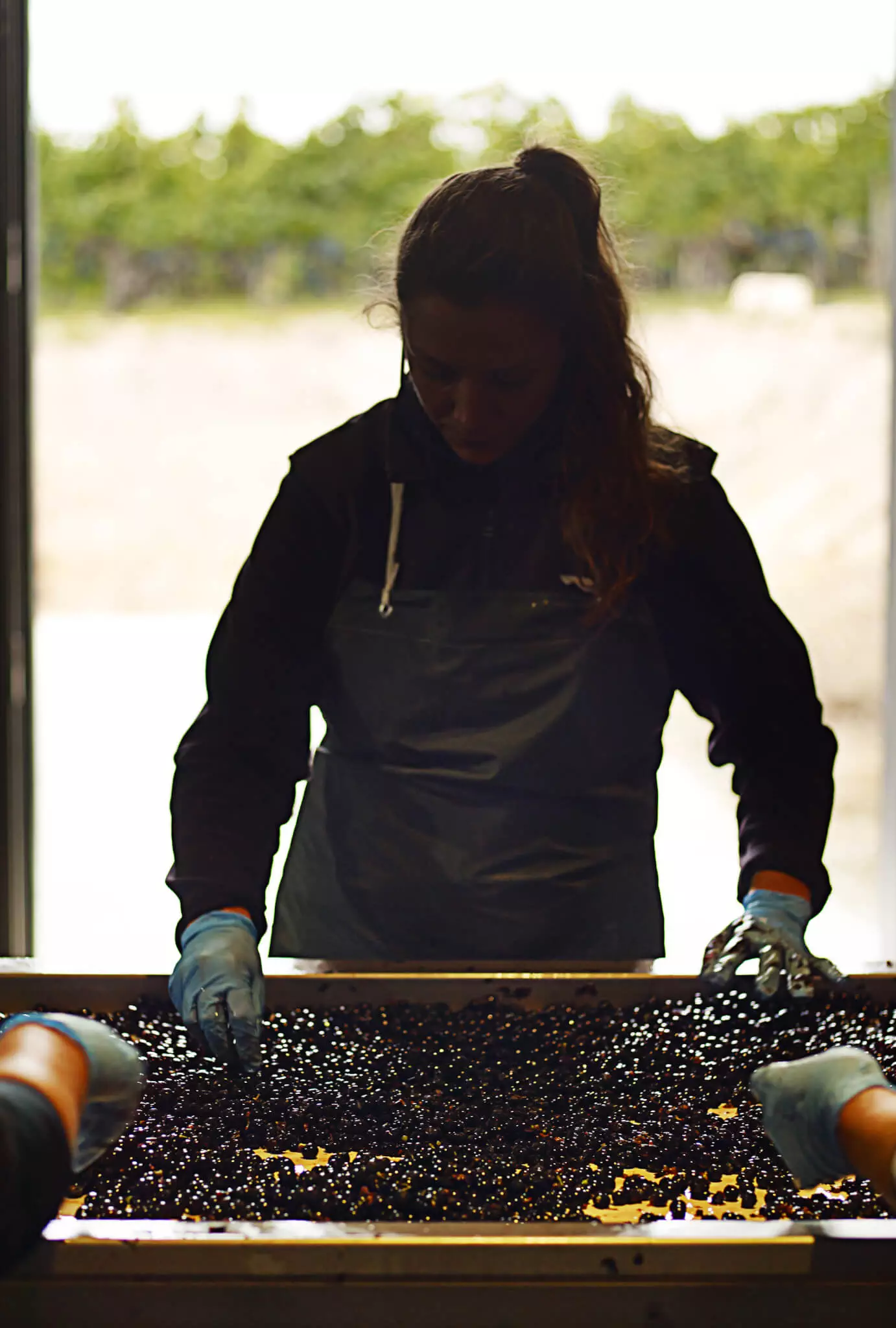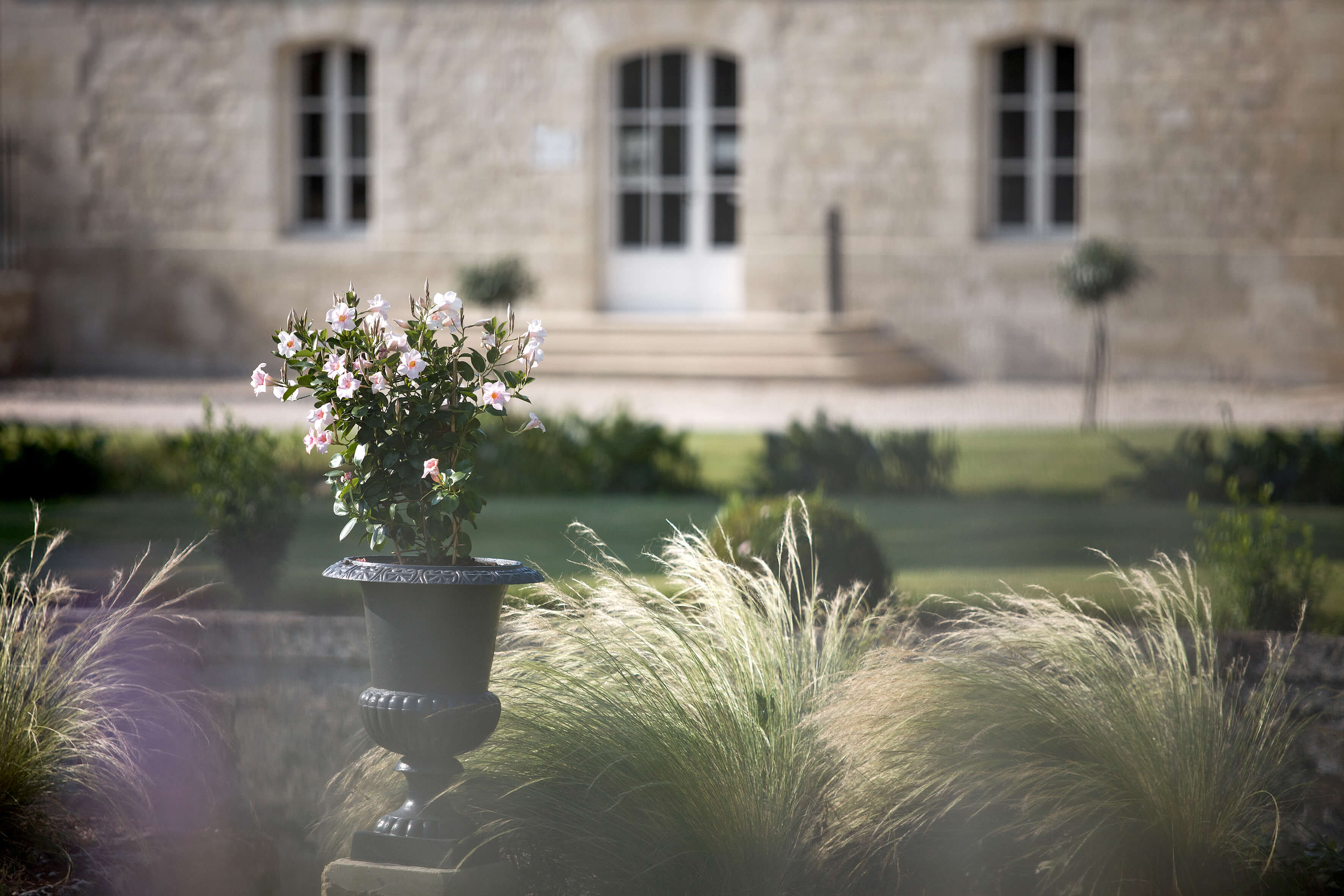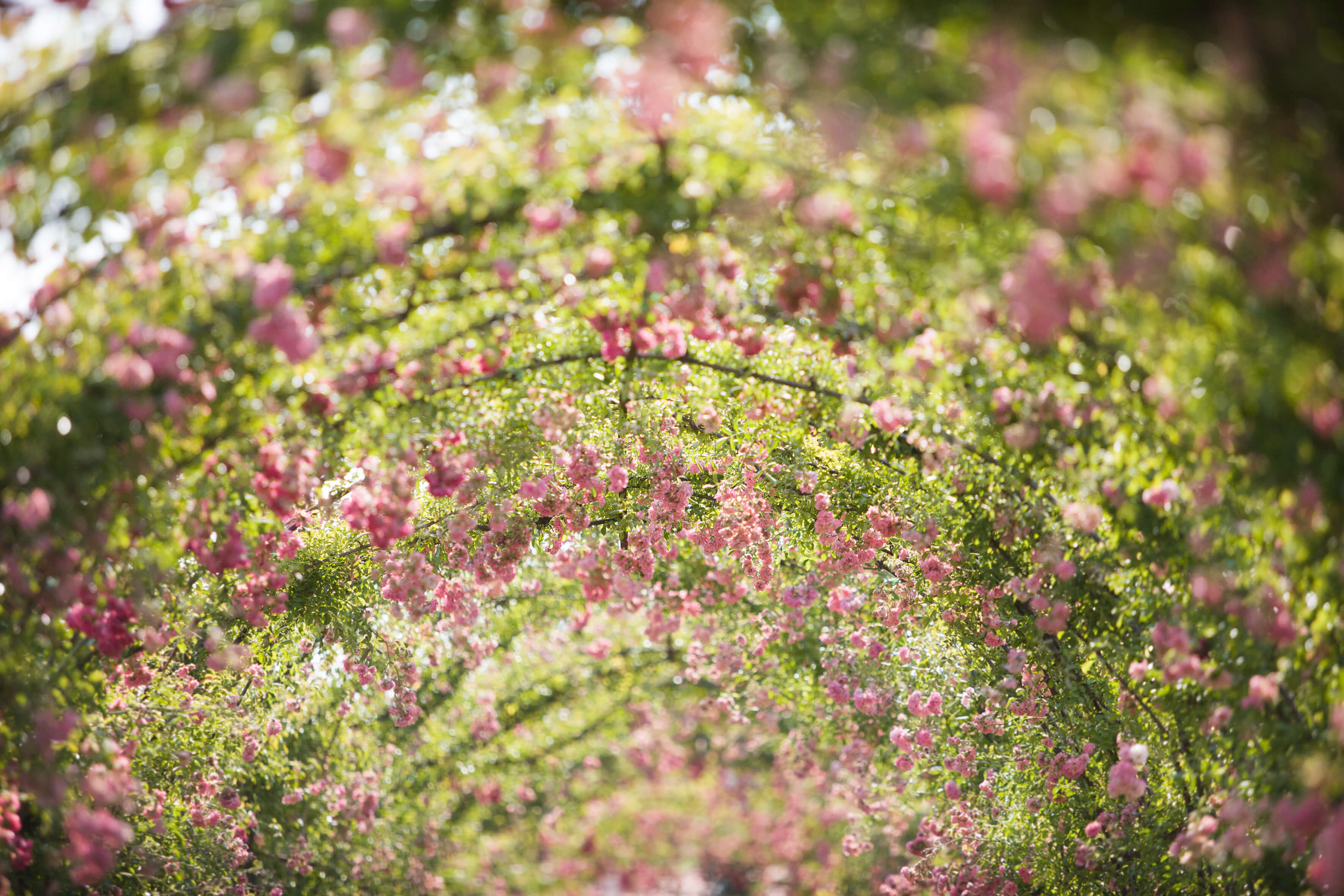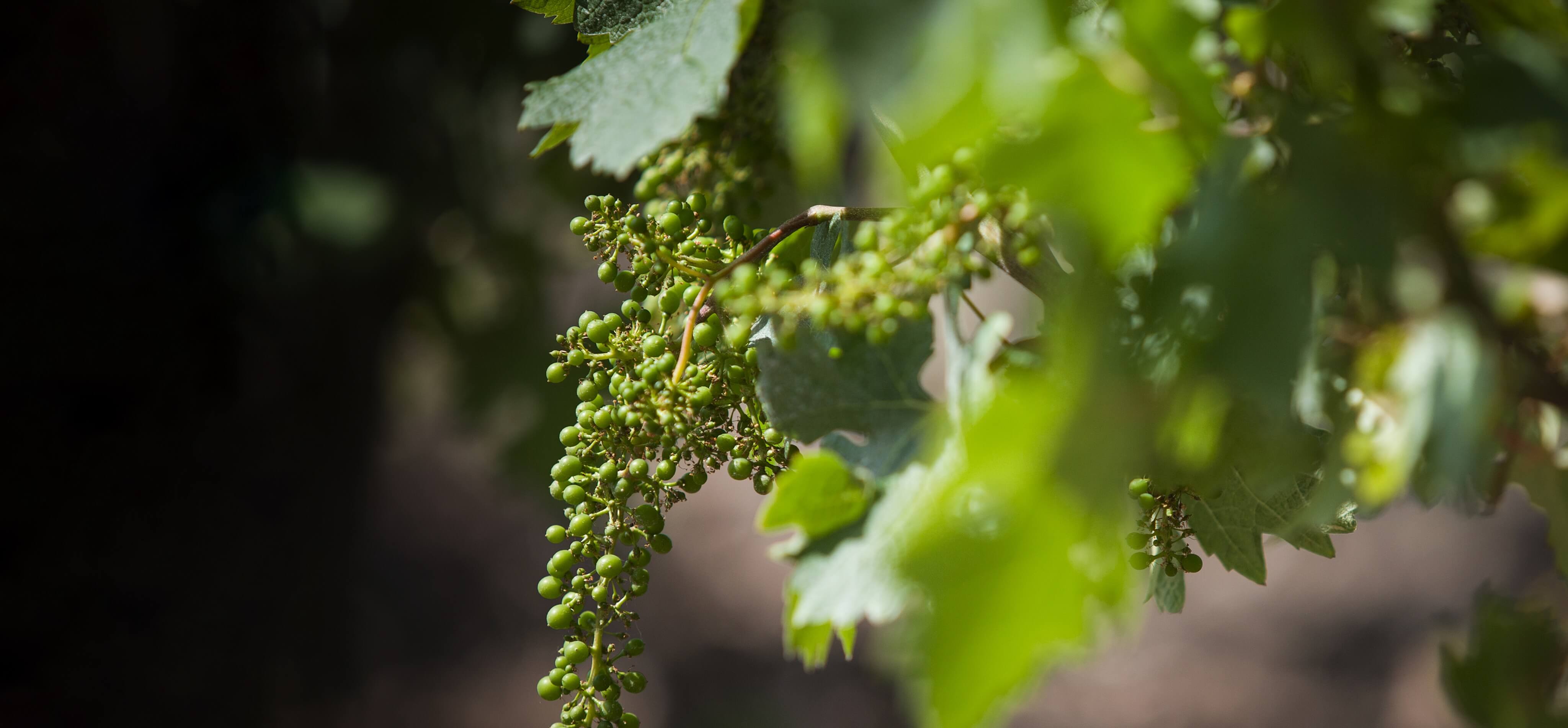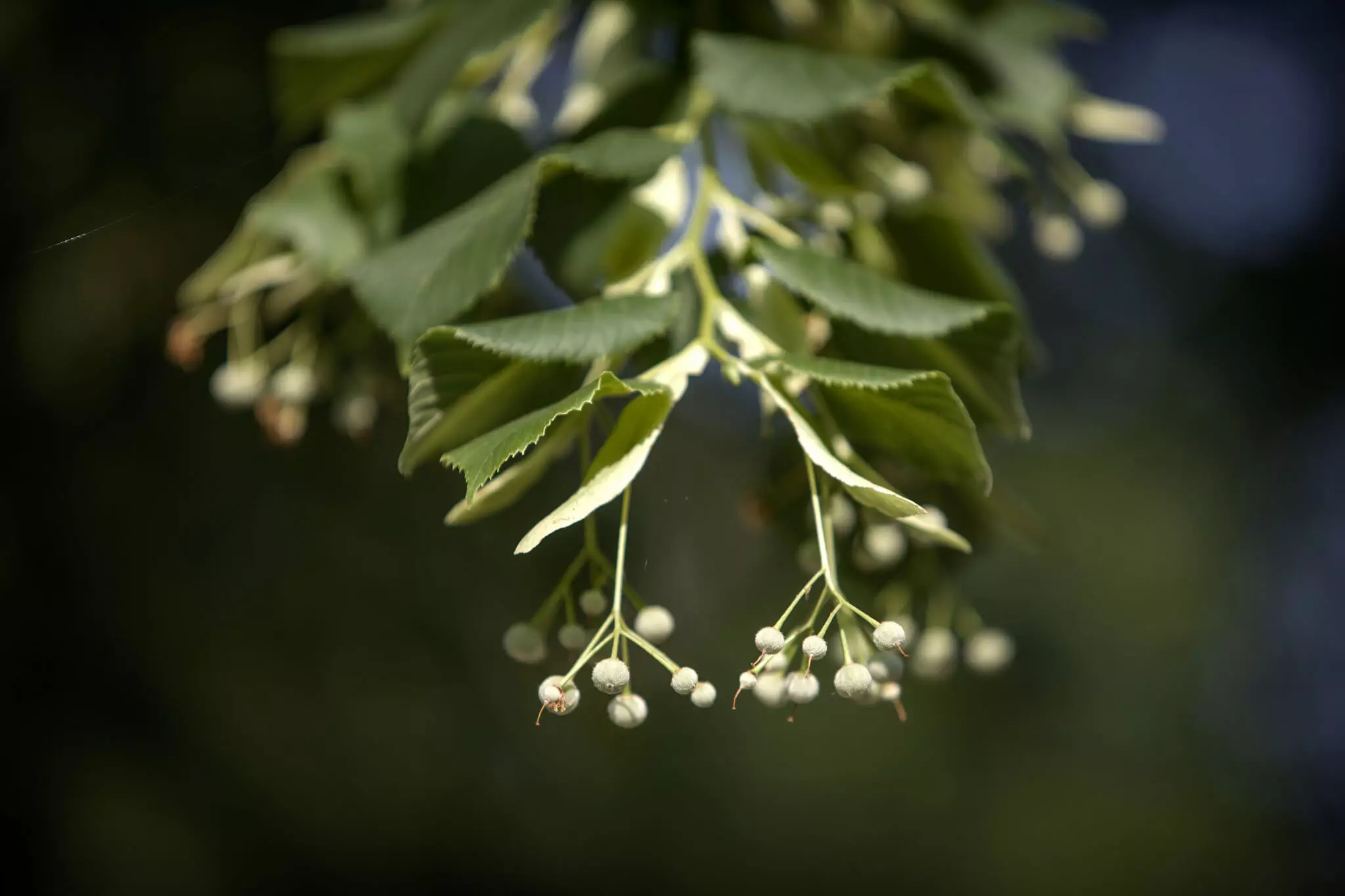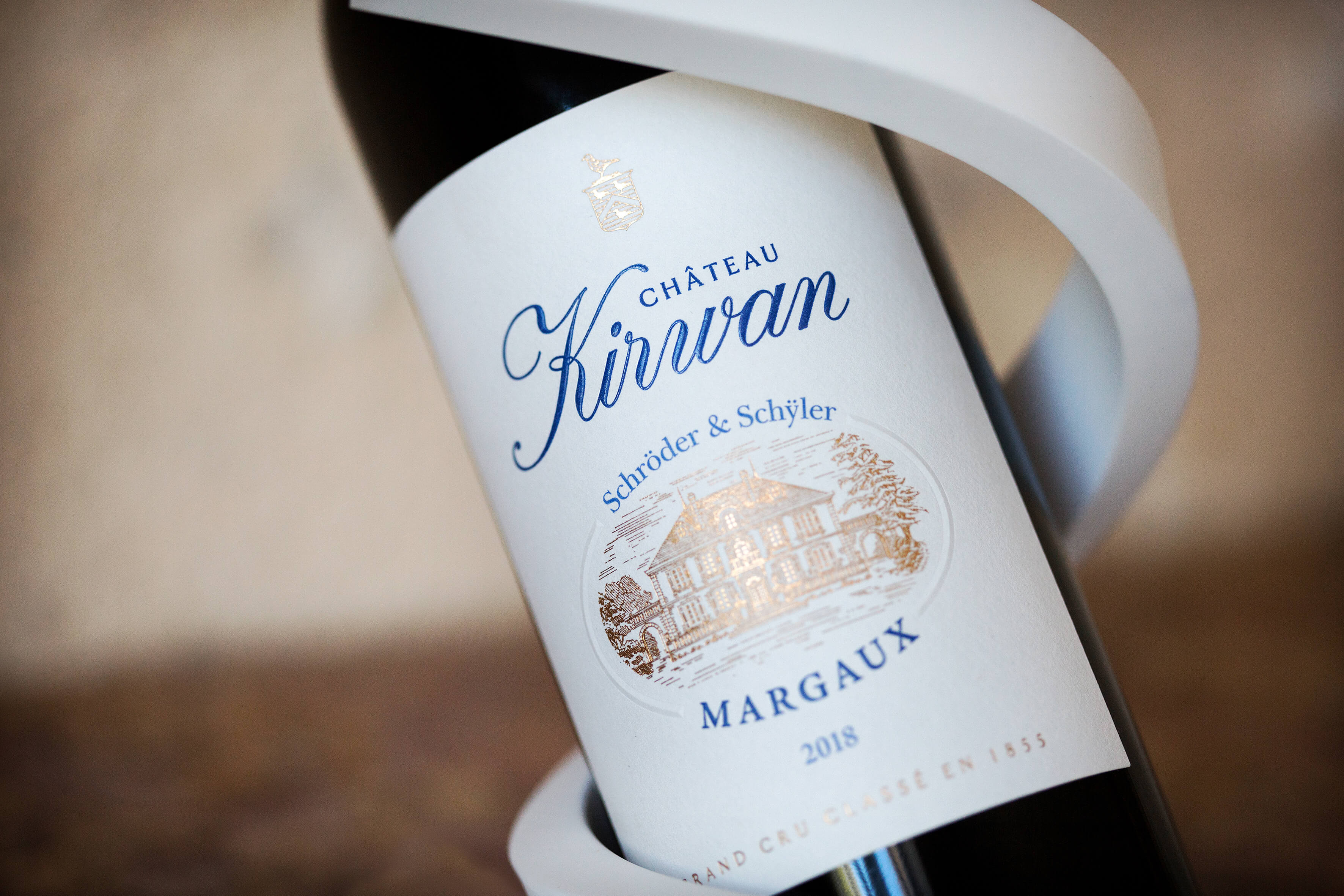
Our
It all begins in the soils
LOCATED ON THE CANTENAC PLATEAU
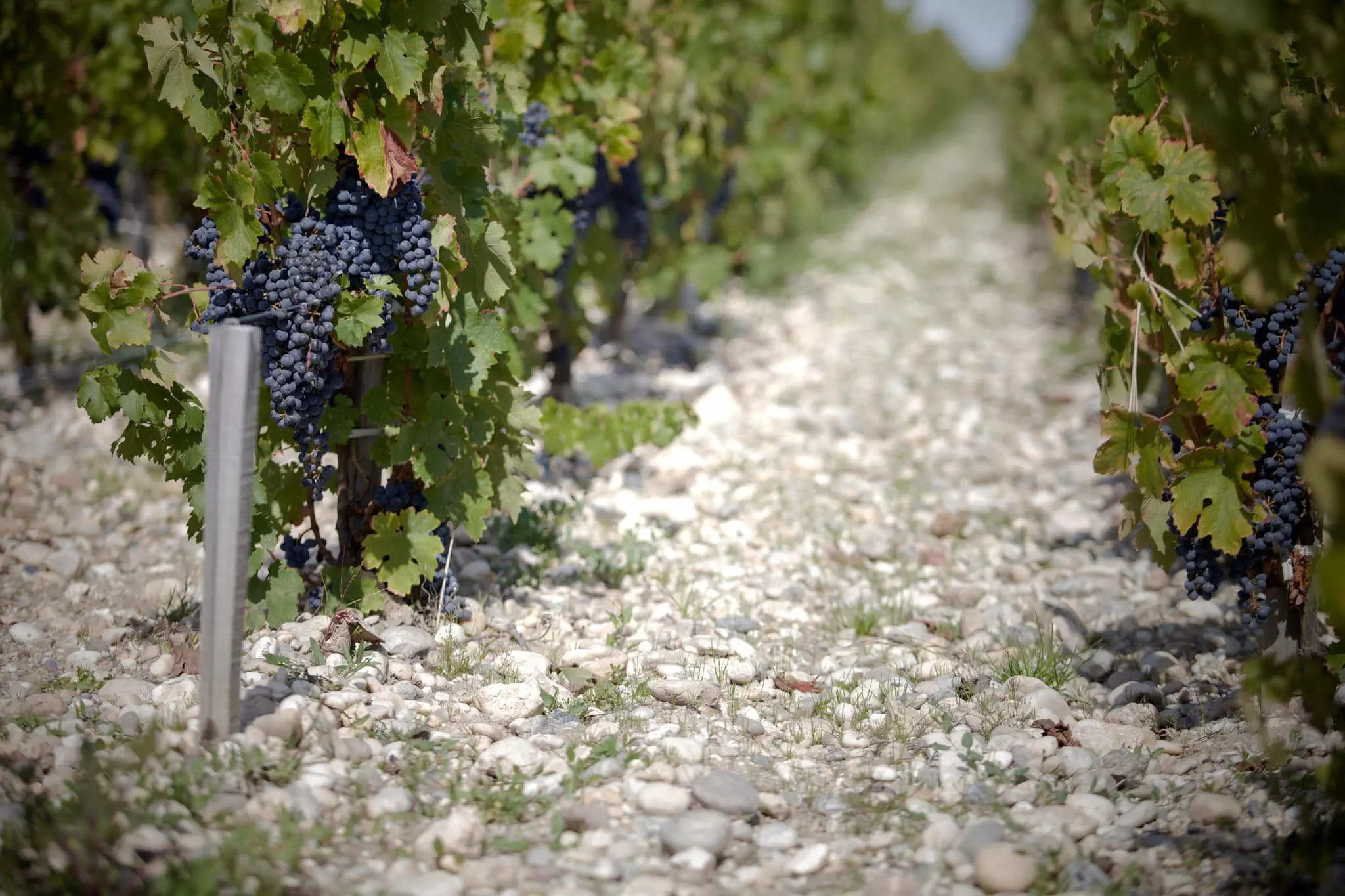
From its highest point, the Kirwan vineyard looks out across the Margaux appellation.
Our 37 hectares are made up of the emblematic Margaux soil-types: Pyrenean gravel intermixed at varying degrees with layers of clay. Our “Moulin Robert” plot, situated at 19 metres above sea-level, is the vineyard’s highest point.
Philippe Delfaut, an expert on Margaux terroir and Kirwan’s General Manager and winemaker since 2007, saw the huge potential of Kirwan’s vineyard and brought the special qualities of its terroir to light.
Soon after his arrival at the estate, a detailed mapping of the soils was drawn up which revealed no fewer than 29 different soil types. In identifying the different features of these soils, which he divided into categories of gravel, clay and sand, he was able to differentiate the terroirs of each of the estate’s vine plots. In turn, he developed a tailor-made vine-growing approach to adapt the work in each plot to its terroir, from the planting of the vines to the harvesting of the grapes. This individualised method forms the cornerstone of Kirwan’s viticultural philosophy on which the unique style and quality of a great wine is built.
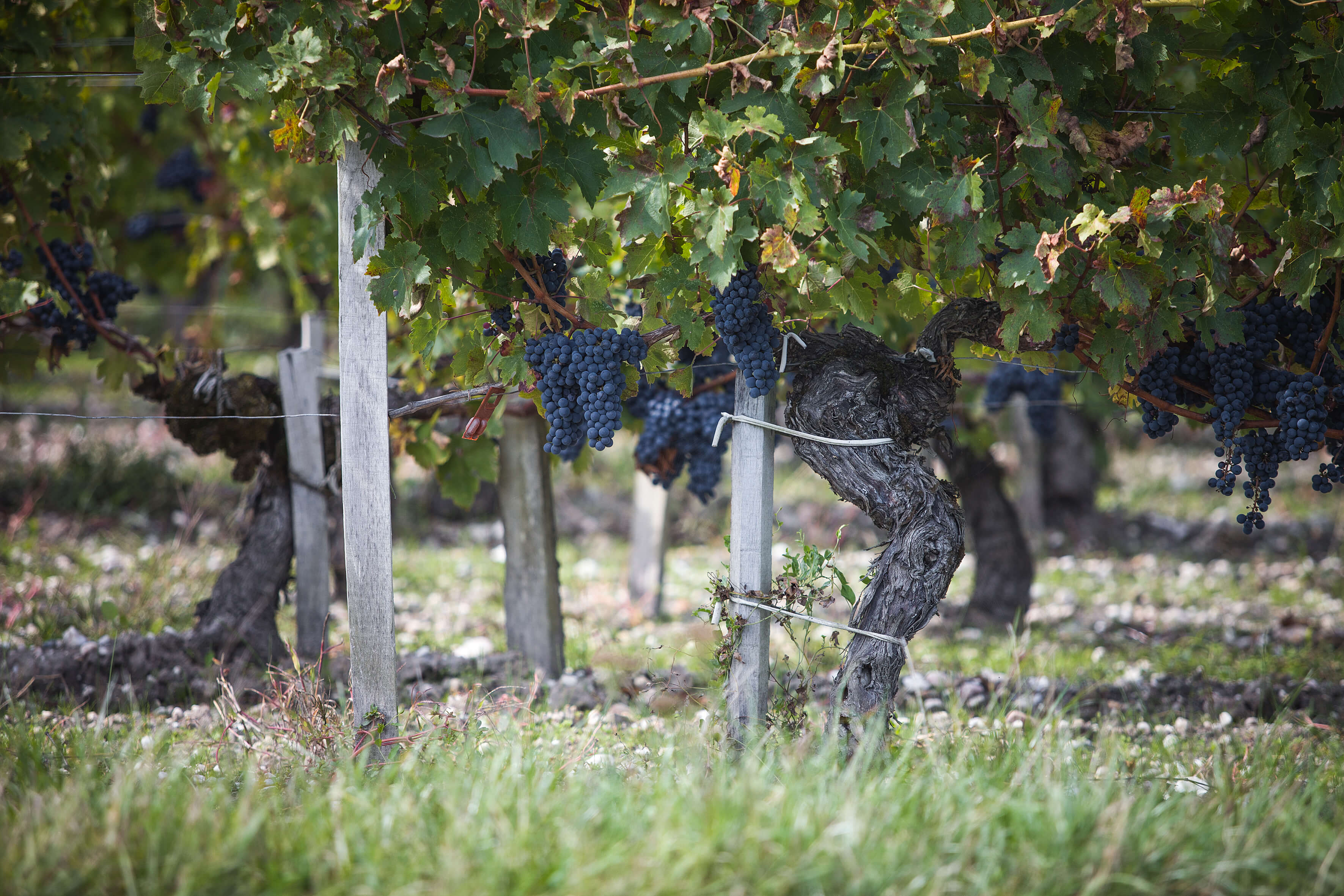
Running a great vineyard depends more than is realised on tasks carried out by hand
In order of importance, the cellar’s technical winemaking equipment is always secondary. A vineyard on the other hand requires the performing of skilful manual tasks on multiple occasions throughout the vine-growing calendar before its grapes can ultimately be picked. 15 people make up the team working daily in our vines, and this figure increases to as many as 100 when the harvest gets in full swing. Pruning the vines, raising the trellising wires and removing unwanted vine shoots are just some of the jobs that need to be done during the vine calendar. These are delicate tasks requiring well-honed and sophisticated skills. Countless hours are spent by the men and women in the vineyard to produce the finest quality fruit and ensure the longevity of each vine. In fact, to produce one single bottle of wine, hundreds of hours of manual tending are necessary.
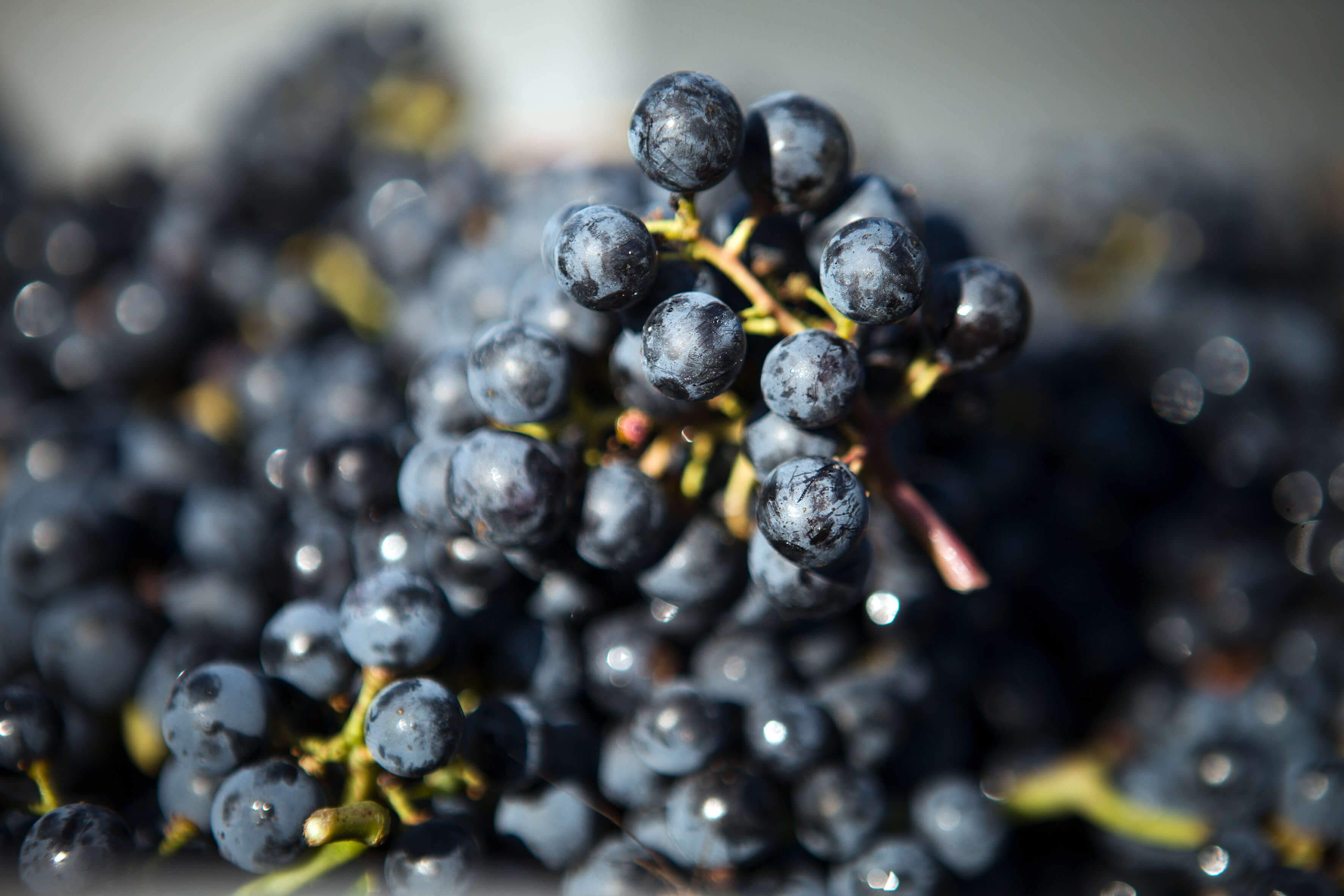
The grape harvest is the happy conclusion to all the efforts put in
during the vine cycle
The order of the grape-picking is based on the soil features of each plot. Each type of soil offers different advantages: gravel, being fast-draining, manages heavy rain well, while clay can withstand heat and drought conditions and ensure moisture retention -an asset in today’s context of climate variation.
The overall harvesting strategy is determined by the estate’s philosophy to maintain freshness of fruit flavour and preserve acidity potential in the grapes, the ultimate aim being to achieve balanced wines in harmony with their levels of alcohol and tannins. “Great Wines” mirror their grapes and the quality of the terroir in which they were grown.
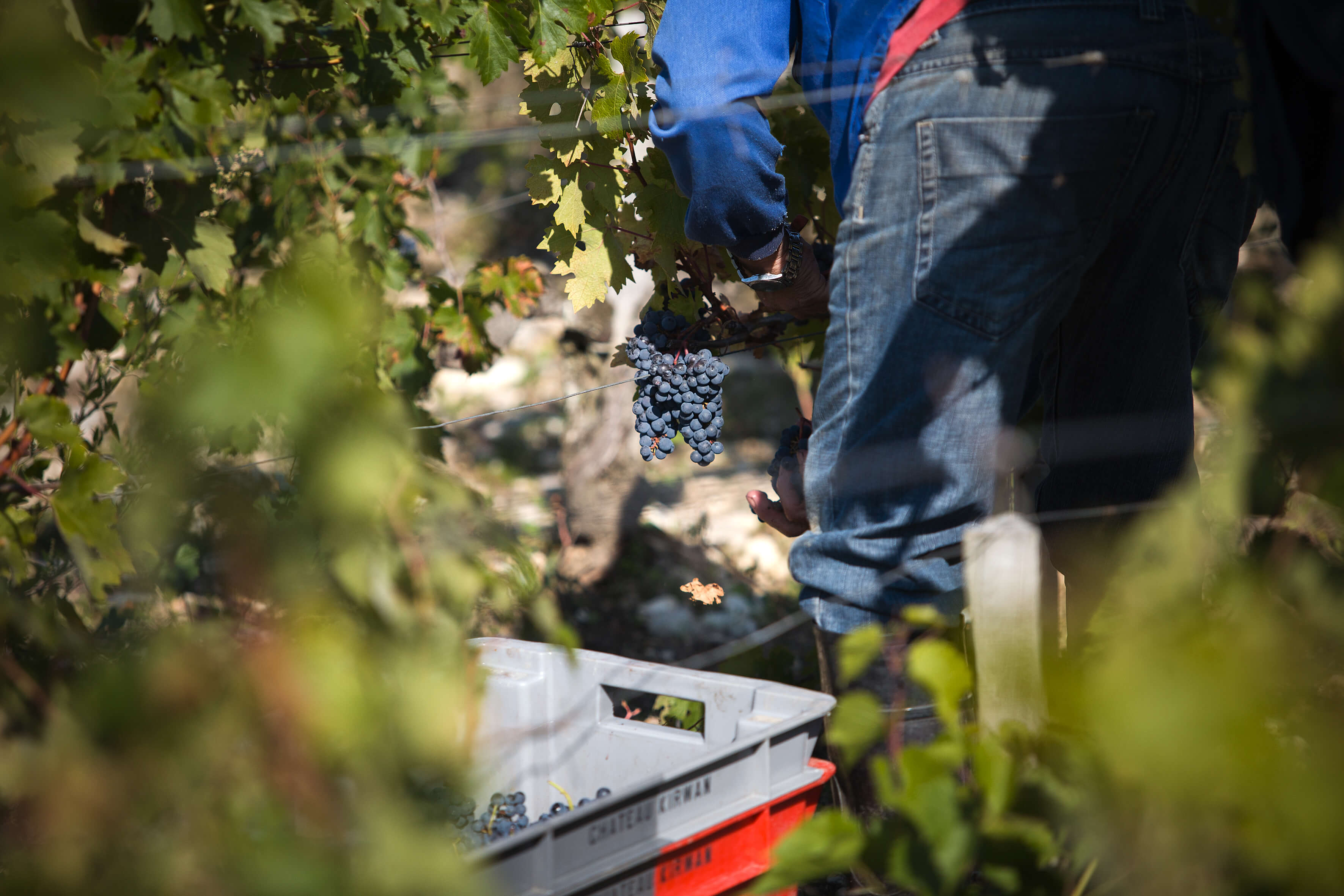
Preservation
TO ENSURE THE VERY BEST IS GOT FROM THE VINEYARD
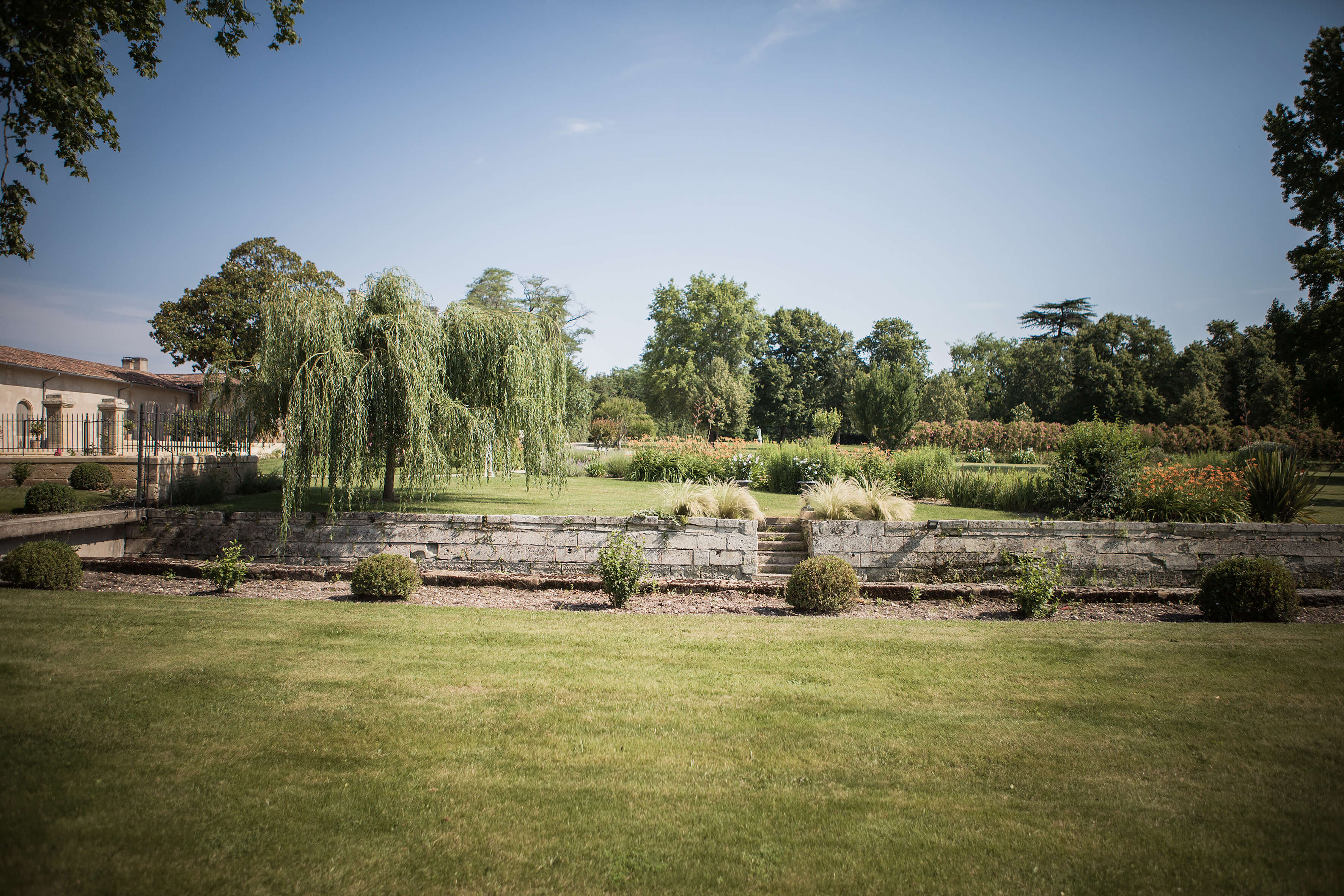
Kirwan practises eco-responsible vine-growing
Kirwan conducts a pragmatic vine-growing approach, favouring the practice of organic farming in accordance with the specific conditions of each vintage.
Kirwan was awarded Level 3 HVE (High Environmental Value) certification in 2017 and since 2013 has fulfilled the ISO 14001 norm via the SME (Environmental Management System), introduced by the Interprofessional
Wine Council. In the vineyards, the top-soils are tilled mechanically, while cover crops have also been seeded in the rows. Insecticides, herbicides and CMR (carcinogenic, mutagenic and reprotoxic) products have been banned for many years now. Mindful of nature, Château Kirwan, ever since its creation, has reaped the benefits of its surrounding woodlands and its extensive two hectares of grounds.
Today, Kirwan is fully committed to preserving its terroir as well as sustainably preserving the entirety of the resources that make up the estate. The measuring of environmental indicators is done on a daily basis, particularly those related to energy consumption (water, electricity and fuel) and inputs (maximum reduction of spray treatments, both in doses and frequency). Additionally, the social, health & safety, and economic impact of our wine farm is at the centre of all our concerns, not just with regard to our personnel but also to our neighbours and consumers.
